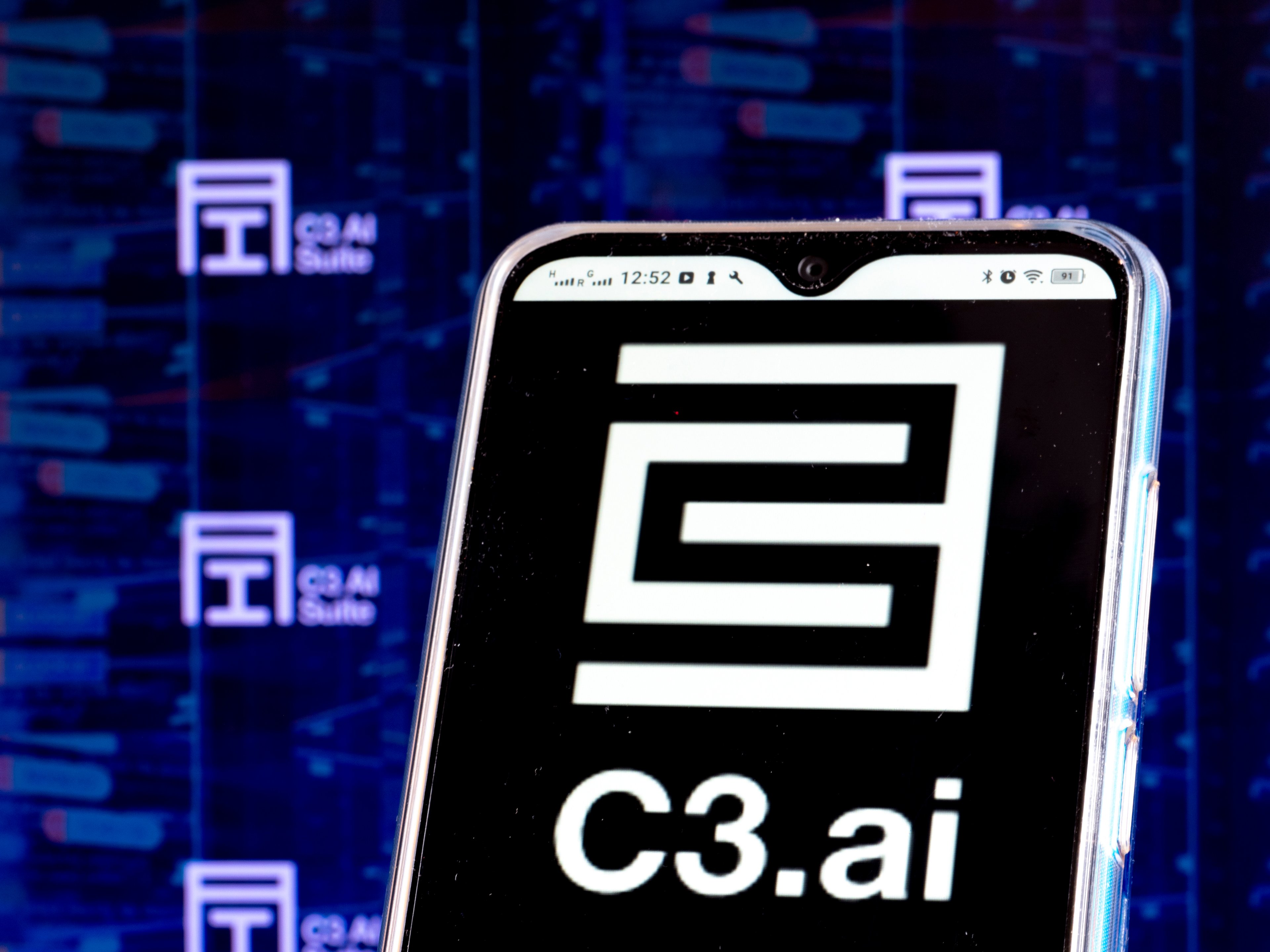Late last year, software and artificial intelligence (AI) company C3.ai (AI +1.37%) secured a $500 million transaction agreement with the Department of Defense for security clearance work and predictive maintenance, among other things. In this video clip from "The AI/ML Show," recorded on Feb. 2, Fool contributor Lou Whiteman explains the details of the deal and what the government could gain from it.
Lou Whiteman: That brings us to C3.AI, which is a company that is benefiting from incrementalism. In December they announced what looked like a pretty big agreement. You'll see the headline there; $500 million agreement. We will talk about there's an asterisk there, on that in a second. But C3.ai is an AI company. They were part of the original Ash Carter push, Thomas Siebel, very famous guy. Siebel Systems is running C3.ai. He has long connections in Washington, Condi Rice is on the board of this company. They were one of the first to take the call when the Pentagon started looking to Silicon Valley and the Ash Carter era. Some of their notable contracts, $95 million deal on 2020 for predictive maintenance on helicopters, and that's worked out real well for them. 2021; $1.28 million contract to develop incoming missile trajectories. Again, you'll notice these aren't huge deals, but these are some of the things that the Pentagon is trying to figure out can they do?
This new $500 million agreement; security clearance work, predictive maintenance again, and data fusion. Which data fusion I think means whatever you want it to mean. One word of caution though, and I think C3 has had a tough run. What they announced was a contracted vehicle. In Washington terms, that means it is the authorization for the Pentagon to eventually spend this amount of money with them. It isn't a contract, so they do not have $500 million in new business on their funded backlog. They have the potential to eventually get $500 million of new business. They are going to still have to earn all of that business. It's no guarantee it's going to come. I think it will eventually, but there's a little bit of bravado, a little bit of hype in that announcement that I don't think should be ignored.
Really, what does this mean for C3 and I think for a lot of these companies? They spend a lot of time talking about predictive maintenance. I think this is a huge area where the Pentagon is going to invest. Give you a couple of stats there. On average, U.S. Air Force fleet is 28 years old. On any given day, 30% of the airplanes and helicopters, the Air Force operates are not deployable, 30%. This is a huge deal on aircraft carriers. A lot of the fighter force at any given time are deployed to refuel other fighters because the fueling planes go bad so often. The U.S. Air Force estimates that it could save $15 billion annually through predictive maintenance eventually. To give you some context there, Space Force, the new branch of the Pentagon, their budget request for 2022 was $17 billion. They think they can maybe squeeze out a space force by just using AI for predictive maintenance.
Toby Bordelon: AI could give us even more space ships, is what you're saying?
Whiteman: Well, or allow us to afford the ones we want.
Bordelon: Fair enough.
Whiteman: It's really interesting because what they're talking about is tire pressure. What does tire pressure mean on an aircraft tire? What do we look for? How quickly does it go down? When do we need to proactively replace a tire? What is a heat sensor on the engine? At what point does that flag you, it's time to do an oil change? But it's little things like this instead of having 30% of the fleet not deployable, to have an AI system that is ready to go and saying, hey, this plane, you better service it now or it's not going to be available tomorrow.






